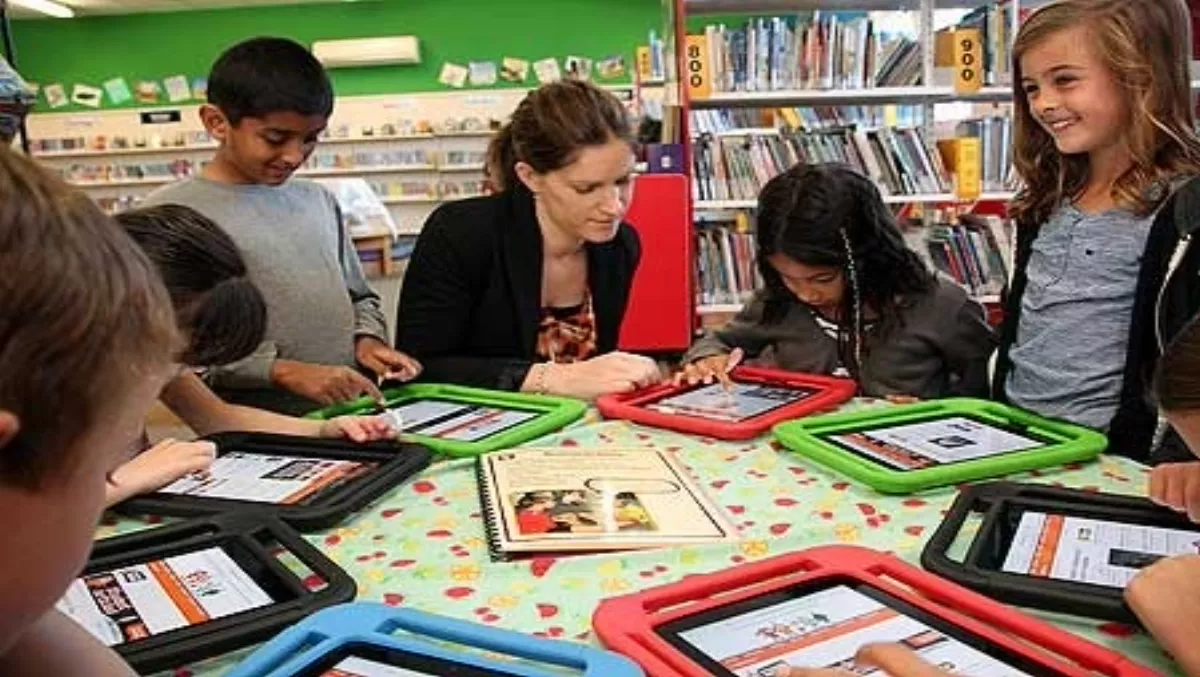
Technology aids reading comprehension
A new study has found 10 and 11-year-old boys who used technology in their reading comprehension learning made gains of up to six times the nationally expected average.
College Street Normal School in Palmerston North partnered with Massey University’s Institute of Education in the research that studied four classrooms – two year 4 classes and two year 5/6 classes – over the second school term.
The study focused on reading comprehension and whether technological use made a difference to learning. The school has increased its expenditure on IT in recent years, and it wanted to find out the impact ICT had on children’s learning outcomes.
Two classrooms used laptops and iPads in their reading comprehension programmes, and the other two did not.
Dr Jenny Poskitt, Massey University researcher, says there was a dramatic difference in achievement for the year 5/6 technology class compared to the non-technology class, with year 6 boys making the most gains.
The year 6 boys in the technology class made an average 56-point gain compared to 33 in the non-technology class in the e-asTTIe test – the national average is 9.
“Year 6 boys experienced positive shifts about six times the national expected average in the technology class and three times the national expected average in the non-technology class – a fascinating trend when there is a prevailing educational concern about boys’ achievement.”
The variety of apps and activities particularly appealed to boys because it meant less physical writing and worrying about neatness of presentation. They also enjoyed the freedom to experiment and explore with font and colour, and the novelty and variety to express their thinking in non-verbal ways.
Both boys and girls commented that the technology made doing the same comprehension strategies more fun and they enjoyed the different apps and the change from books. They said the technology made a big difference when accessing information and searching ideas, as ‘it’s quicker and more up to date’. Their teacher thought the greatest impact was giving them a range of different ways to show their skills.
Poskitt says in all of the classes the most important factor influencing achievement was the teacher. Participating teachers were skilful in selecting resources and using them in interesting ways to grab the children’s attention and foster their thinking and discussion.
Distinctive in the IT classes were the teachers modelling IT use during their instructional time – for example using visual images from selected internet sources, demonstrating how to search critically and effectively – and most of the class using laptops or iPads for reading research or presentation activities (with teachers scheduling different learning times with other classes to share equipment).
Poskitt says the study was small so there is a need for further research, but it was a positive experience with both the University and school benefiting from the project.

